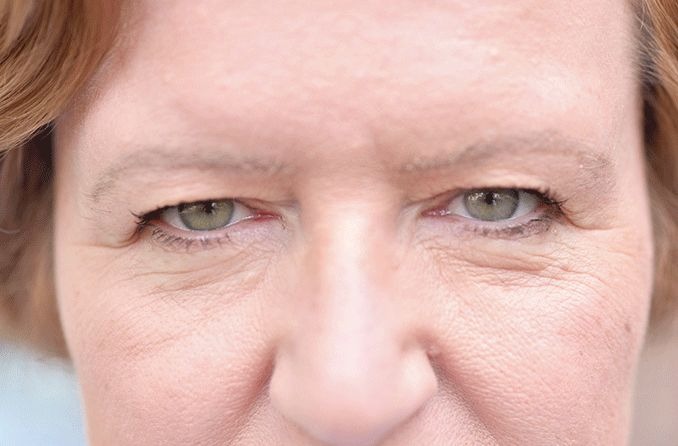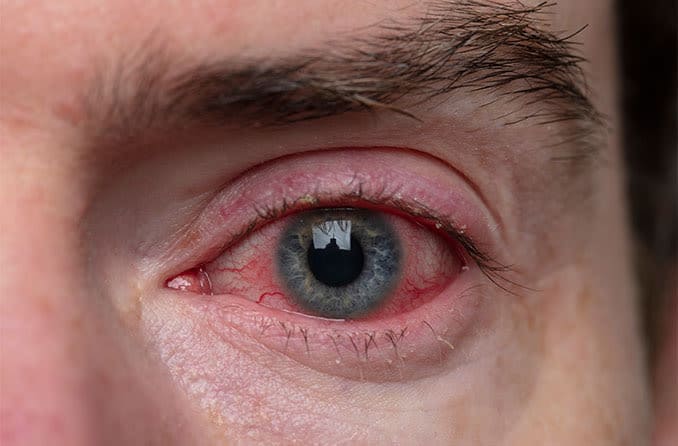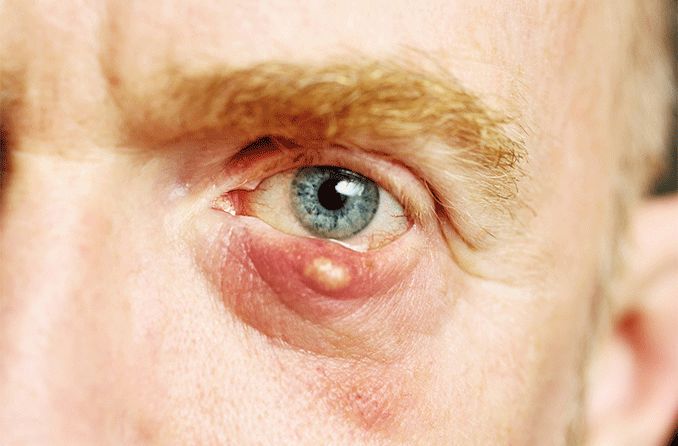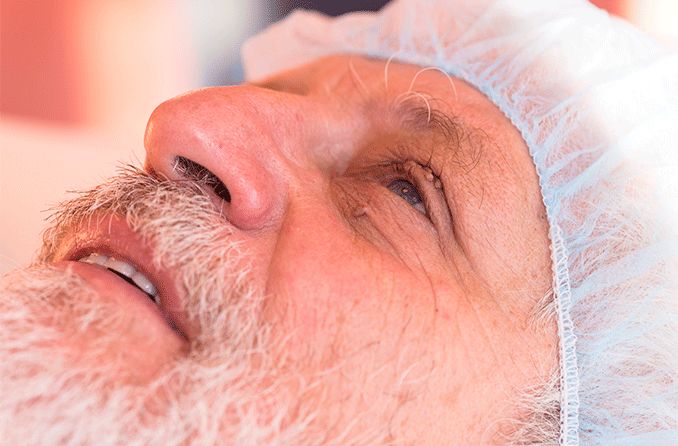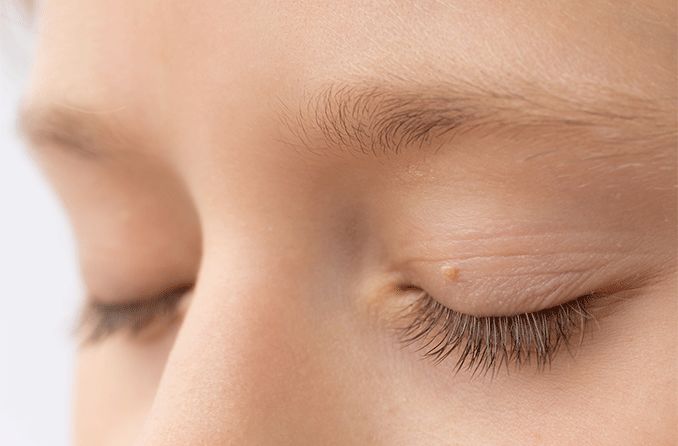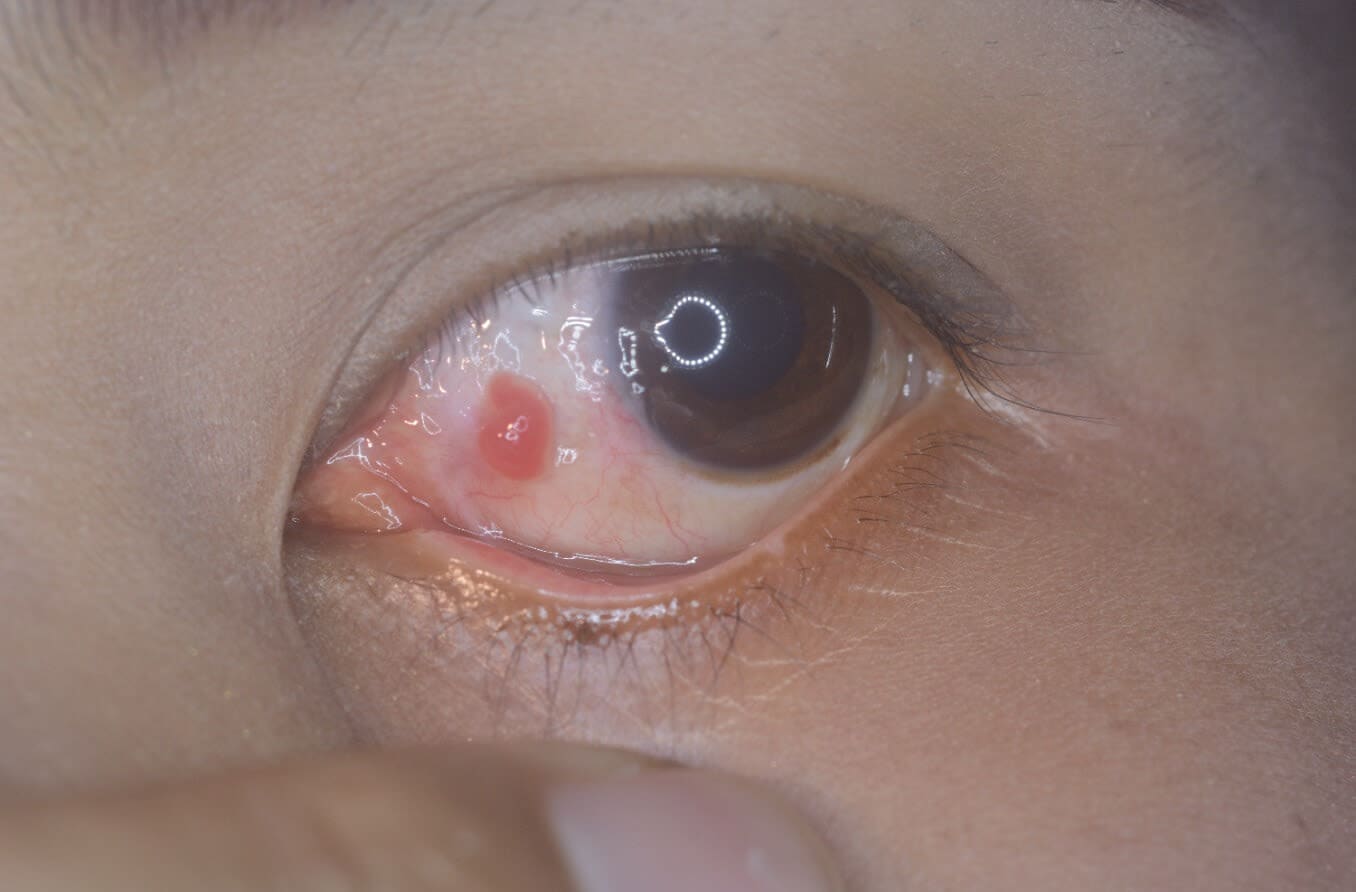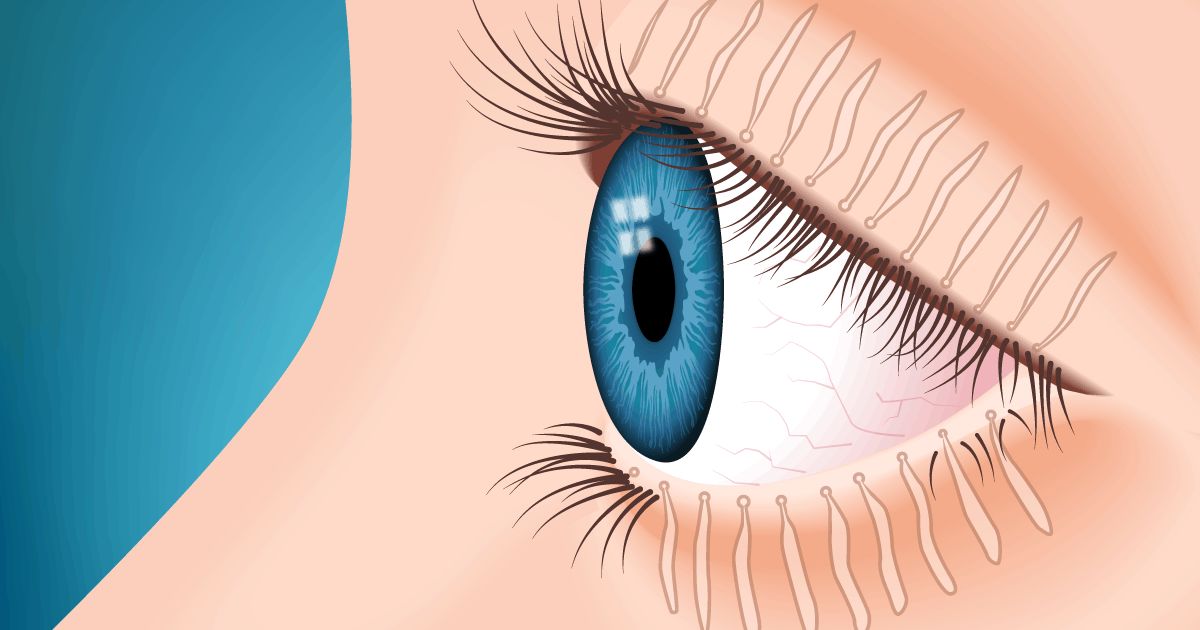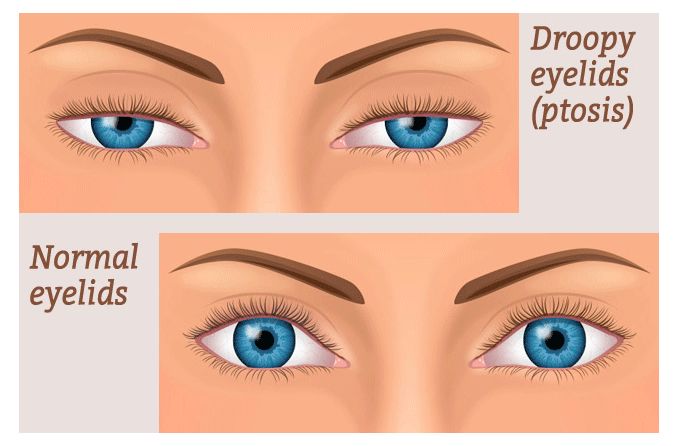Dermatochalasis is a medical condition involving excess skin along or around the upper and/or lower eyelid areas. Eyelid skin tends to be thin and delicate, and over time, it gradually loses elasticity. Add in the constant pull of gravity and this lax skin can become very prominent, posing functional issues (obstructing vision)and appearance-related concerns such as baggy upper eyelids and puffy lower eyelids.
This is usually most obvious in the upper eyelids and never more apparent than when people grow older — what was once smooth and taut skin now looks wrinkly and saggy.
Causes of dermatochalasis
Dermatochalasis causes and risk factors may include:
Age
Higher body mass index
Being male
Prior injury, trauma or facial surgery
Genetics
Disease
Lifestyle choices, including sun exposure, high salt intake, lack of sleep, stress, smoking and dehydration
In general, as the body's skin gets older, it produces less and less elastin, one of the proteins found in connective tissues. Elastin allows skin to go back to its original shape after being stretched or poked. When elastin decreases in production, the skin doesn't snap back into its original shape as easily.
This natural aging process — specifically the decrease in elastin — is a main contributor of dermatochalasis, though the condition may also occur in younger adults.
Because the causes of dermatochalasis are varied, only an eye doctor can diagnose and treat this medical condition.
SEE RELATED: A praxia eyelid opening
Signs and symptoms of dermatochalasis
The loss of elasticity in upper and lower eyelid skin can happen so slowly that you may not even notice.
To give yourself a quick (non-medical) check, look in the mirror, first at your upper eyelids. Do you see skin folding over itself, hanging down over the lashes and pupils? Or under your eyes, can you see loose skin that pulls downward, creating a gap, pouchiness or dark circles? These may be outward signs of dermatochalasis, easily seen during visual inspection.
You should also take notice if you experience these symptoms:
Obstructed vision . If upper eyelid skin sags over your eyeballs and limits or blocks your vision to the front (central)or to the sides (peripheral), you may have challenges performing everyday tasks like reading or driving. In some cases, you cannot insert your contact lenses or your glasses do not stay on properly.
Eye irritation . Redundant upper or lower eyelid skin may cause a lot of discomfort, including blurred vision, eye pain, redness, burning or itching. Eyelids can turn inward (called entropion), pushing eyelashes into a position where they rub against the eyeball. Lower eyelids can turn outward (called ectropion)where the edge pulls away to expose the eyeball surface that may affect tear drainage.
Headaches . Excess upper and lower eyelid skin can become full and heavy, and when you're trying to keep eyes fully open, you're using forehead muscles to do so. This constant raising of eyebrows can develop into persistent headaches that affect quality of life.
If you present any of these signs and symptoms, you may have dermatochalasis.
SEE RELATED: Puffy eyes and dark circles under the eyes
Treatment for dermatochalasis
If your symptoms become severe (especially if your vision is affected), your eye doctor may determine treatment is needed. One of the best ways to correct dermatochalasis is a surgical procedure called blepharoplasty, in which redundant skin — and sometimes fat and muscle tissue — is removed from around and along upper and lower eyelid areas. It involves either one or both of the following procedures:
Upper blepharoplasty (or "eye lift"): An incision is made in the eyelid crease to remove redundant skin, muscle and/or fat, and then closed.
Lower blepharoplasty (or "eye bag removal"): An incision is made below the eyelashes to remove lax skin and fat, and/or reposition fat, and then closed.
Most patients are sent home the same day of the surgery and can resume normal activity within a week. Keep in mind that although blepharoplasty may provide dramatic improvements, it doesn’t stop the natural aging process.
Is surgery for dermatochalasis covered by insurance?
If blepharoplasty for dermatochalasis is deemed medically necessary, then there’s a good possibility it’s covered by insurance, at least partially, especially if you’re suffering from obstructed vision or discomfort from eye irritation or headaches.
On the other hand, if surgery to remove excess upper or lower eyelid skin is done purely for the sake of improving appearance, it may not be covered by insurance as it’s considered a cosmetic or elective procedure.
According to the American Society of Plastic Surgeons, the average cost of a cosmetic blepharoplasty in 2019 was $3,282 — and that’s before adding other expenses, including anesthesia, facility fees and pain medications. This number can also vary based on where you live, your surgeon’s level of experience and whether you’re getting your upper and lower eyelids corrected or just one or the other.
Talk to your surgeon to get an estimate of final costs.
Dermatochalasis vs. ptosis vs. blepharochalasis
Any eyelid-related issue that involves excess, loose or puffy skin may be an indication of dermatochalasis, or it may be the symptom of a different condition, such as ptosis or blepharochalasis. Here are the main characteristics of each:
Dermatochalasis – Excess eyelid skin resulting from a loss in elastin. If treatment is recommended, it typically includes surgery.
Ptosis – Droopy eyelids resulting from weakened or paralyzed levator muscles, the muscles responsible for opening the upper eyelids. Correction involves surgically tightening the muscles and lifting the upper eyelid to eliminate droopiness. For most, ptosis poses more of a cosmetic concern than a visual obstruction.
Blepharochalasis – Sporadic swelling of the eyelids. While the cause is unknown, it often accompanies fluid buildup. A rare condition most commonly seen in the upper eyelids of younger people, it may be corrected by surgically tightening muscles and removing excess skin and fat pads.
Ptosis and blepharochalasis may occur alongside dermatochalasis. All three conditions may be treated with a corrective surgery called blepharoplasty.
When to see a doctor
If you’re experiencing any symptoms of dermatochalasis or notice any dramatic changes in your vision, make an appointment with an eye doctor for a comprehensive eye exam. Your doctor can assess your condition, provide proper diagnosis and determine the best course of treatment.
